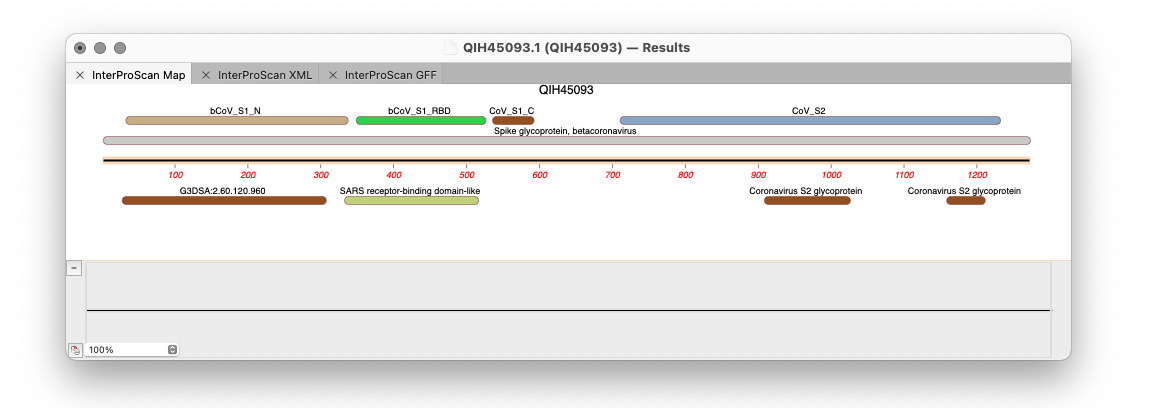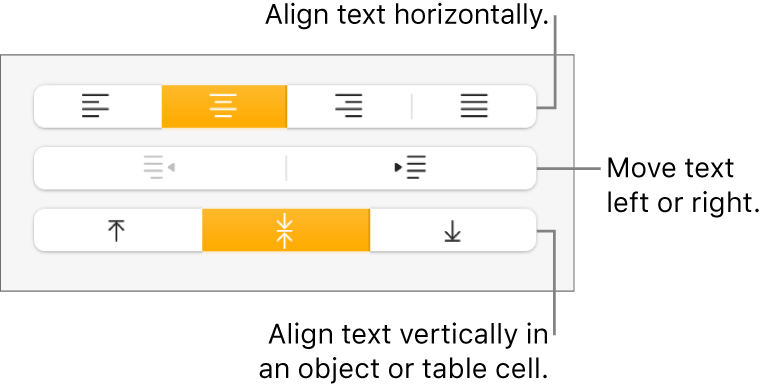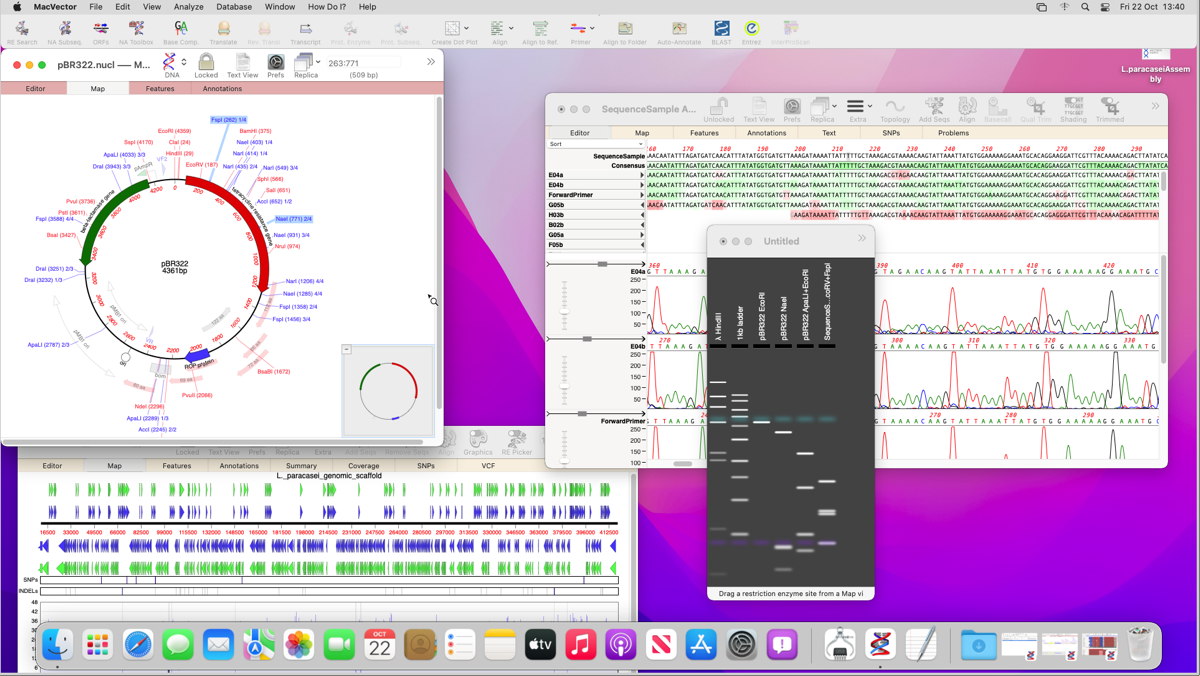
- Hjow to use align to reference in macvector how to#
- Hjow to use align to reference in macvector install#
- Hjow to use align to reference in macvector full#
- Hjow to use align to reference in macvector code#
75bp and up.Īlternative aligners such as Bowtie2 may be used.


Note that BWA MEM is recommended for longer reads, ie. We use BWA MEM because it is recommended in the Broads best practices and because it has been found to produce better results for variant calling. We will use the BWA MEM algorithm to align input reads to your reference genome. Prepare reference dictionary, fasta index, and bam indexġ) The Burroughs Wheeler Transform 2) Performing a read alignment using Illumina data.Sort sam file (output from alignment) and convert to bam.
Hjow to use align to reference in macvector how to#
This module describes how to map short DNA sequence reads, assess the quality of the alignment and prepare to visualize the mapping of the reads. Once data are in a FASTQ format the first step of any NGS analysis is to align the short reads against the reference genome. JBrowse: Visualizing Data Quickly & Easily.Loading your own data in Seurat & Reanalyze a different dataset.Seurat part 3 – Data normalization and PCA.Exercise part4 – Alternative approach in R to plot and visualize the data.Deeptools2 computeMatrix and plotHeatmap using BioSAILs.Prerequisites, data summary and availability.
Hjow to use align to reference in macvector install#

Otherwise, cite the paper corresponding to the server you have been using (click on the "cite" button associated with every server on We depend on it for funding! If you use the local version of T-Coffee, cite the original 2000 paper (cf above). The most accurate mode (-mode=accurate) is now available at this T-Coffee web server mirrorĪ: It is very important you cite us if you use our ressources. M-Coffee runs most known Multiple Sequence Alignment methods and combines them into one finalĪlignment. Otherwise, our benchmarks indicate that M-Coffee is the next best alternative.

Q: Which mode should I use on server to get the best alignment ?Ī: If you have proteins, Expresso is likely to be the most accurate flavor, as it uses potential known 3D-Structures similar to your sequences. Online evaluations can be carried out on the TCS server. An extensive validation of the TCS is available from the original MBE paper and more details are given on the TCS homepage. This color scheme is named the TCS index and it uses the consistency among pairwise alignments for this estimationto estimate reliability. Q: What is the meaning of the color coded html output?Ī: Red bits are very reliable, while green and blue bits are unreliable. [ Archives instructions are available from GithubĪ: for proteins, try t_coffee yourseq -mode accurate. Note that if you want to use the New Regressive T-Coffee allowing Large scale alignments, we recommand Downloading the Beta Version below.
Hjow to use align to reference in macvector code#
T-Coffee is a freeware opensource package distributed under the GNU public licenseĭOWNLOAD T-Coffee runs on Linux and MacOSX.Check out the Untested Source Code from Github or Download the latest tested Binaries and Sources as provided below. T-Coffee: A novel method for multiple sequence alignments.
Hjow to use align to reference in macvector full#
The full list of associated papers is available on the following links: algorithmsĪnd servers. This presentation gives an overview of the T-Coffee algorithm and of the original implementation and validatation of the package. It is also able to combine sequence information with protein structural information ( 3D-Coffee/Expresso), profile information (PSI-Coffee) or RNA secondary structures ( R-Coffee). T-Coffee can align Protein, DNA and RNA sequences. You can use T-Coffee to align sequences or to combine the output of your favorite alignment methods (Clustal, Mafft, Probcons, Muscle.) into one unique alignment ( M-Coffee). T-Coffee is a multiple sequence alignment package.


 0 kommentar(er)
0 kommentar(er)
